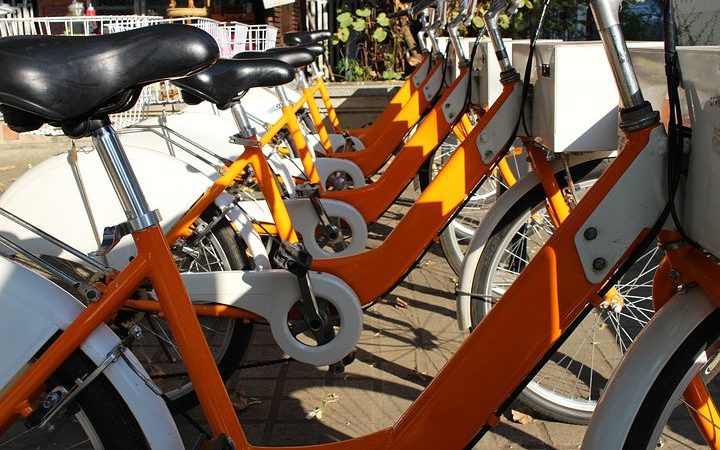Typically, renters in urban areas have demanded – and been willing to pay for – convenient access to mass transit. This has translated to multifamily properties with higher rent in these areas; however, a recent article featured in National Real Estate Investor (NREI) online wonders if this reliable fact of city-dwelling soon won’t be taken for granted anymore. According to the piece in NREI, changes in transportation technology have had effects on the multifamily landscape as well. Developers, investors, and landlords alike may want to pay attention to how residents are getting around town.
It’s Not All Bus Routes…
Although we’ve written previously about residents’ desire to live in areas with access to transportation, it’s not all just convenient bus routes they’re after. The advent of ride-sharing apps like Lyft and Uber, as well as shareable transportation, like bicycles and re-chargeable electric cars in downtown centers, has brought options to congested city centers. For city residents who truly wish to live without their own vehicle, it’s becoming an easier feat to manage – and with parking spaces often tough to come by or coming at a premium, it can be an attractive option for many who work and live in the city.
A West Coast Effect So Far
The NREI article notes that, so far, rents have only seen an effect due to other transport options in San Francisco. They point out that since the ride-share services launched there, seeing rents change to reflect the newer options residents have would logically happen there first. Similarly, the piece predicts that other large urban centers like Chicago and Boston will also be hit with these rental changes as residents grow less concerned with finding an apartment near mass transit centers. Although San Francisco is currently seeing residents’ preferences changing and this has affected rental rates, the article predicts it will be within the next few years that other major markets may experience this phenomenon.
One Concept
The article in NREI also touches on something similar in a recent article we wrote about “green” features that surveyed residents said they’d pay more to enjoy: access to transit options. Investors and developers can cover their bases (and their rent) by creating easy access for ride-sharing services, including parking areas for these services. In fact, according to the NREI piece, parking is another change that may be on the horizon. As more of these newer transportation options become commonplace, some residents will forgo owning a car completely – which will eventually mandate changes for parking spots needed by multifamily properties. By planning ahead for the likelihood of less owned vehicles and more ride-sharing options, your urban property will be more apt to keep pace with the changing times.
We’ve seen data that both confirms renters still care about access to mass transit and that renters are interested in other, newer transport options. By providing an urban multifamily building that supports a walk-able lifestyle, and has convenient access to either mass transit or the transport options growing in popularity, you’ll provide choices for your residents. According to the NREI piece, before you worry too much about how much transit may affect you, they say that the biggest factor in rental rates comes in the form of supply and demand. In other words, plan your building design and location carefully, but pay attention to competition from other properties so all your bases are covered when it comes to rental growth.



